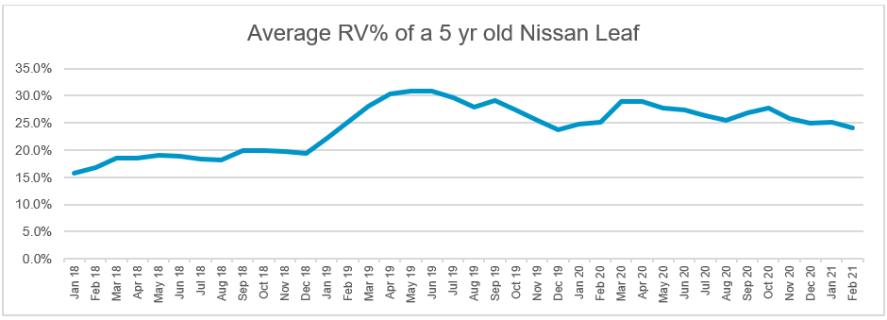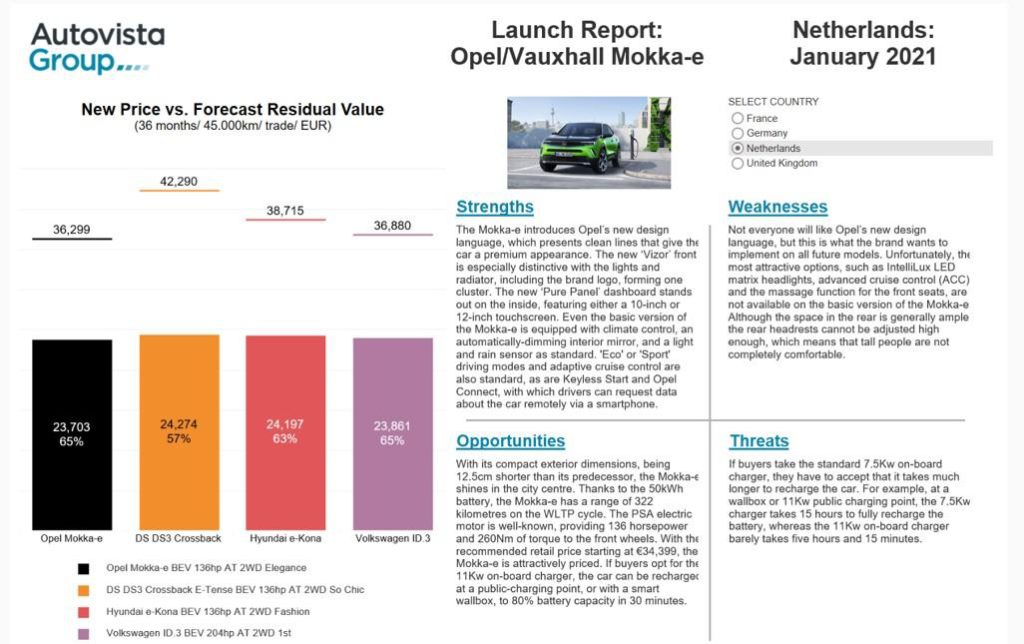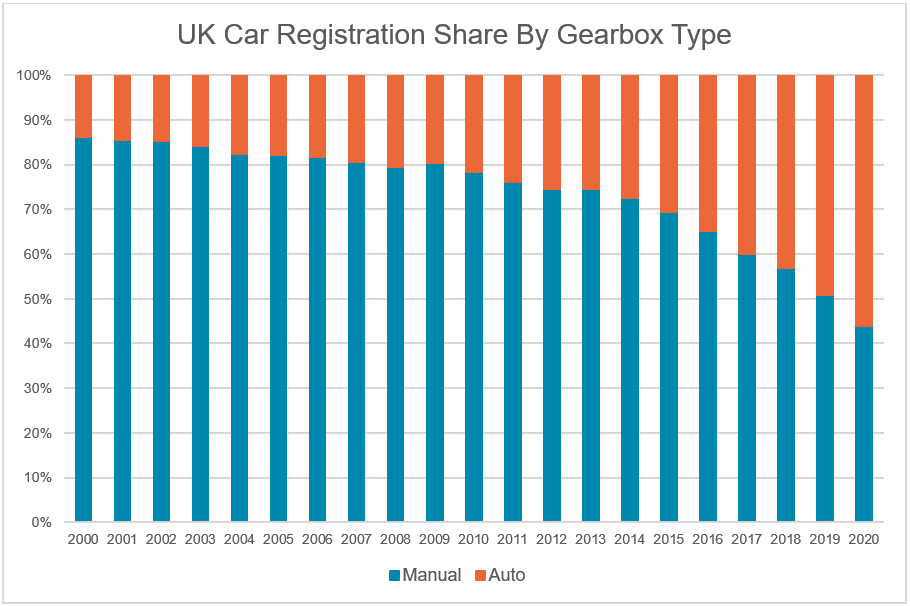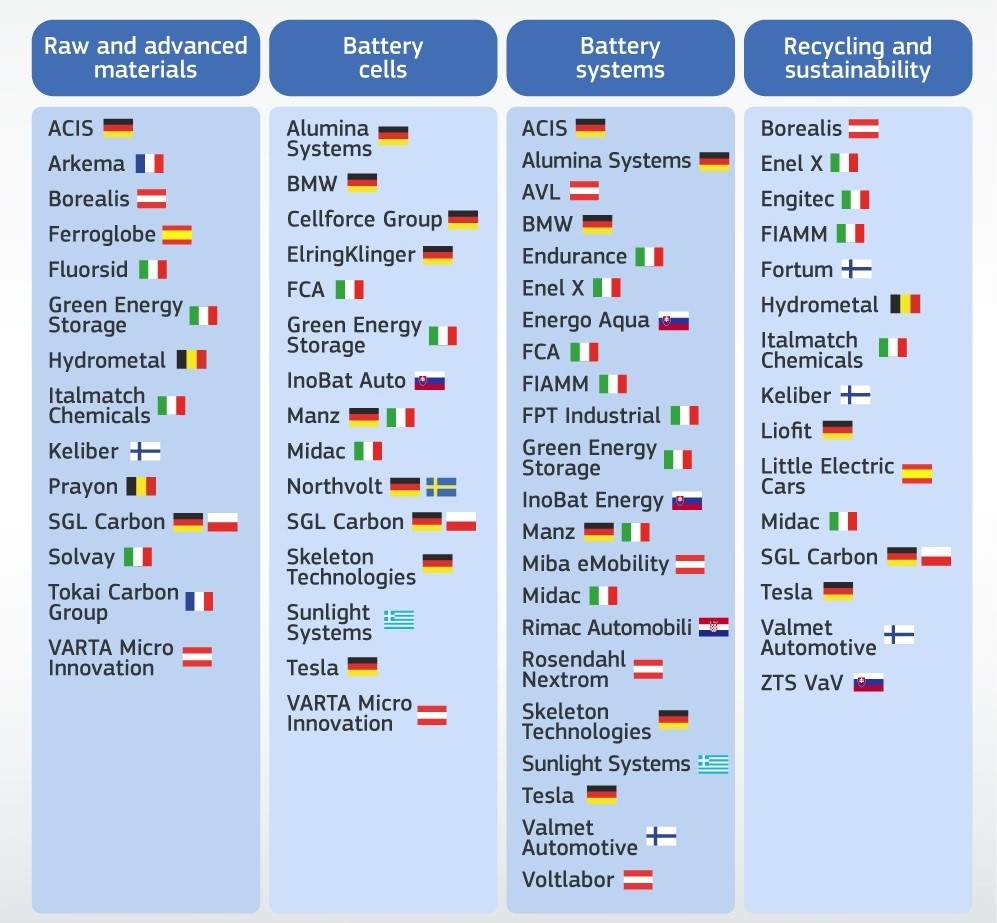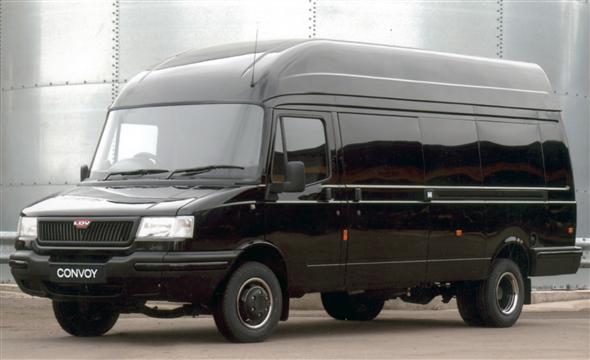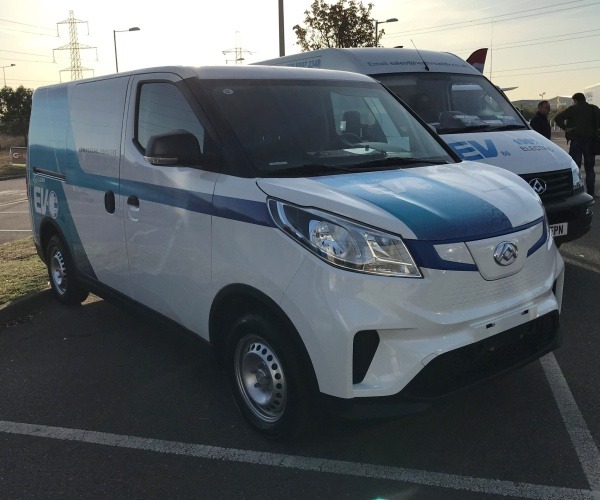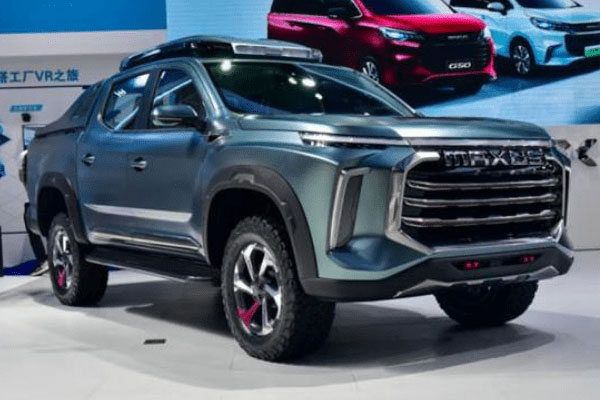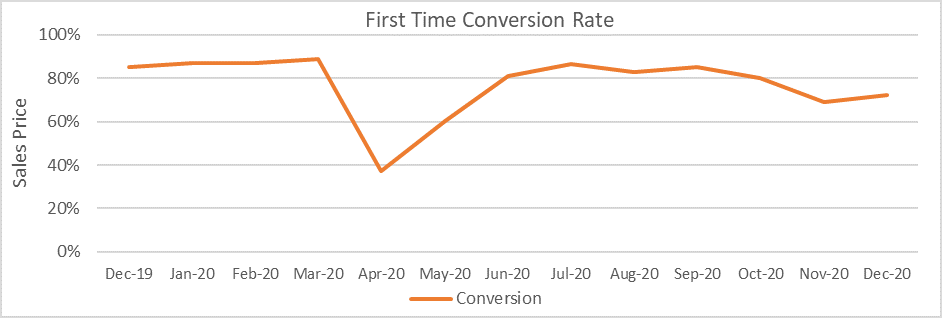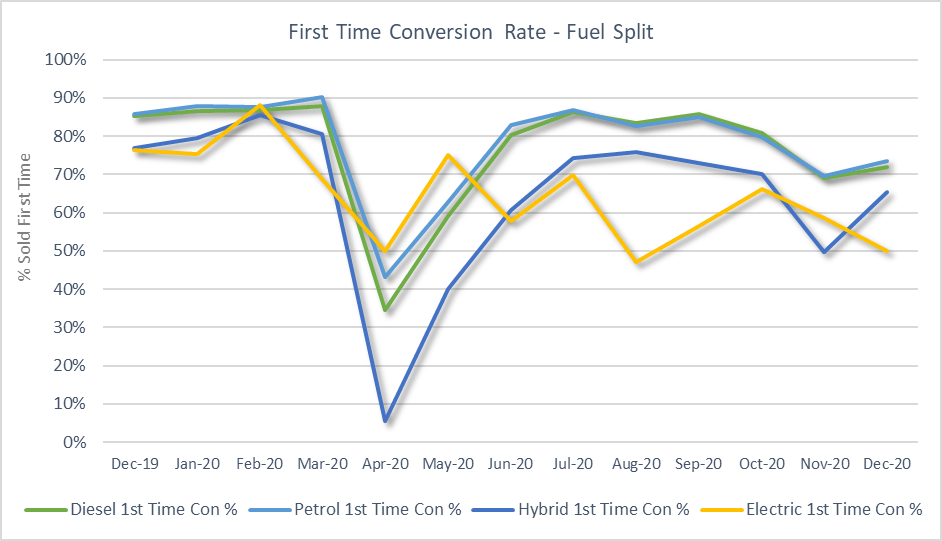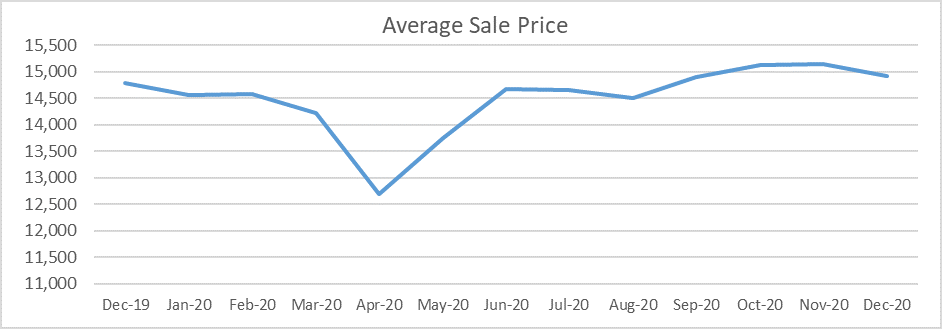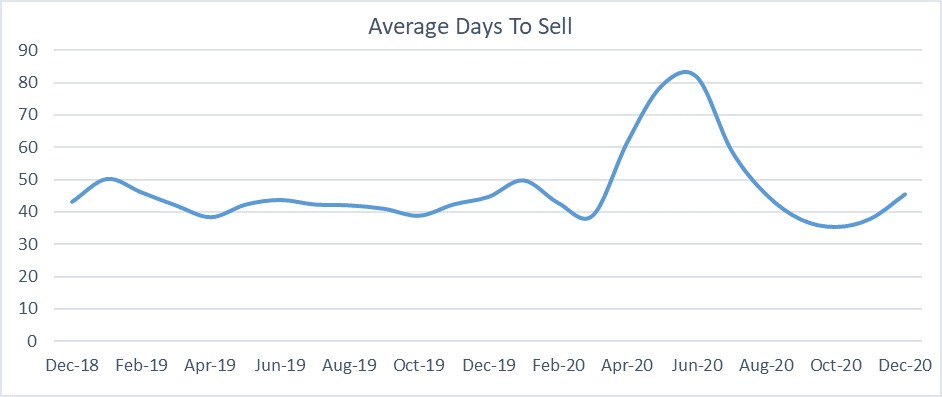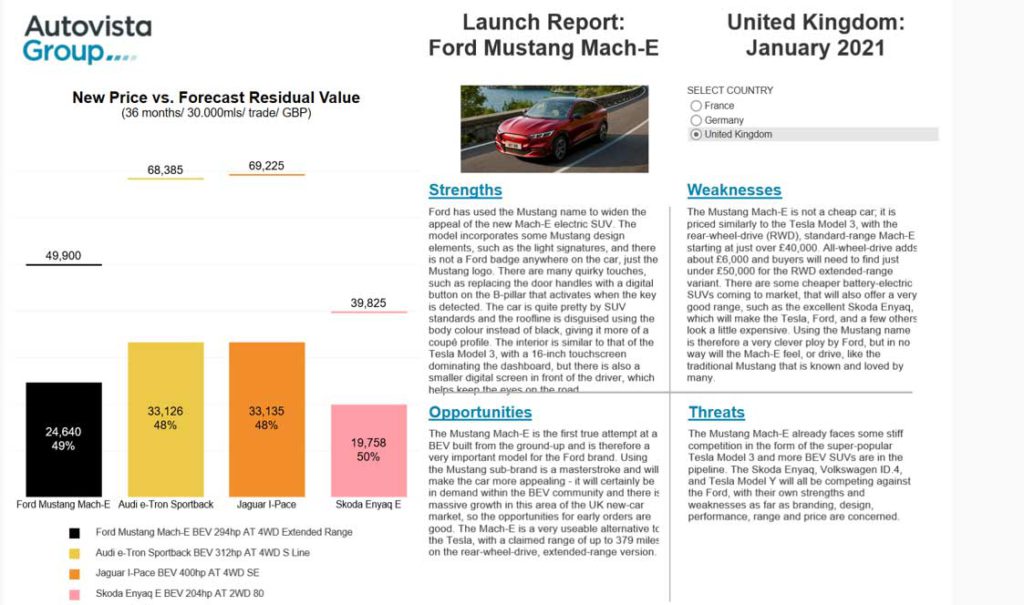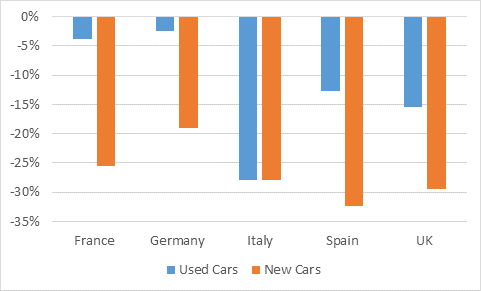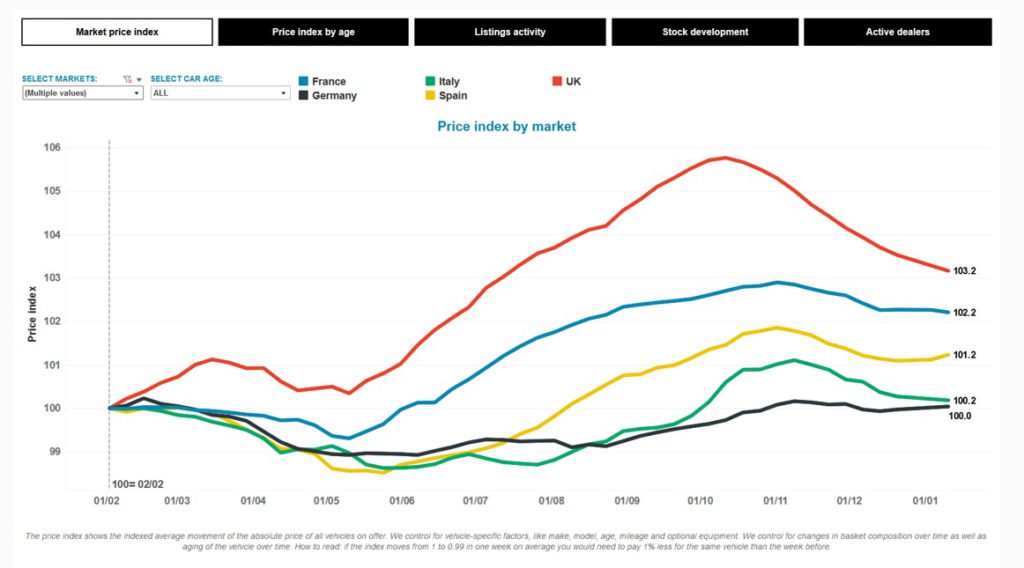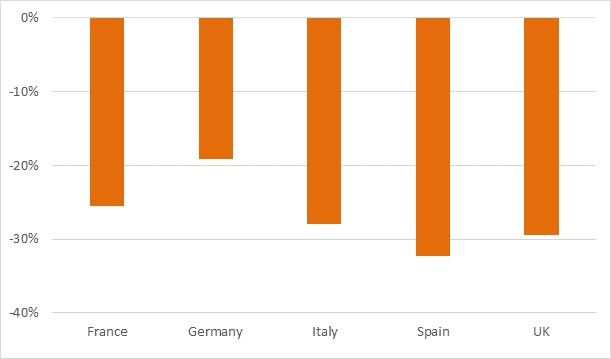Hyundai Motor Company is not in talks with Apple over autonomous electrically-chargeable vehicles (EVs). The companies ended wide-spread speculation over a potential collaboration on Monday (8 February) with a regulatory filing.
The announcement dealt a $3 billion (€2.49 billion) blow to the carmaker’s market value, with its stocks sliding by 6.2%. Kia, as the rumoured potential operational partner, saw a 15% drop on the stock market, equalling a $5.5 billion loss in value.
Cooperation requests
‘We are receiving requests for cooperation in joint development of autonomous electric vehicles from various companies, but they are at early stage and nothing has been decided,’ the carmakers said in an investor update, as reported by Reuters.
‘We are not having talks with Apple on developing autonomous vehicles,’ it confirmed. Autovista Group’s Daily Brief did contact Hyundai, Kia and Apple for further comment on this latest revelation, but no response was received prior to publication.
Rumours had been rife over the potential battery-electric vehicle (BEV) tie-up. ‘We are agonising over how to do it, whether it is good to do it or not,’ a Hyundai executive aware of the Apple discussion said last month. ‘We are not a company which manufactures cars for others. It is not like working with Apple would always produce great results.’
Collaborative company
Hyundai is well known for its collaborative efforts across the board. These include everything from sponsoring global EV challenges, to investing in autonomous vehicle start-ups and even getting involved in robotics. So, the supposed talks with Apple fell well within the possible activity of this cooperative corporate mindset.
Addressing the company at the start of this year, company chairman Euisun Chung outlined the importance of this approach alongside its effort to become a global EV powerhouse as it launched its Electric Global Modular Platform (E-GMP), which will power its new Ioniq line-up.
‘With the launch of new vehicles based on the recently-released, electric-vehicle platform, the E-GMP (Electric-Global Modular Platform), we plan to provide attractive eco-friendly mobility options that aptly reflect customers’ diverse tastes and needs at more reasonable prices,’ he said.
‘Furthermore, our hydrogen fuel-cell technology, recognised as the world’s most advanced, will be expanded to diverse mobility and industrial sectors to help achieve carbon neutrality under the ‘HTWO (Hydrogen + Humanity)’ brand.’
This focus on electrification and hydrogen falls into a wider automotive trend, which emphasises the need for zero-emission mobility alongside the digitisation of vehicles. The sector is developing greener, smarter cars not only to meet emissions targets but also rising customer expectations. Consumer are becoming increasingly enveloped by new technologies, with mobile phones capable of connecting to every aspect of their lives, so the automotive industry is left playing catch-up.

 Close
Close